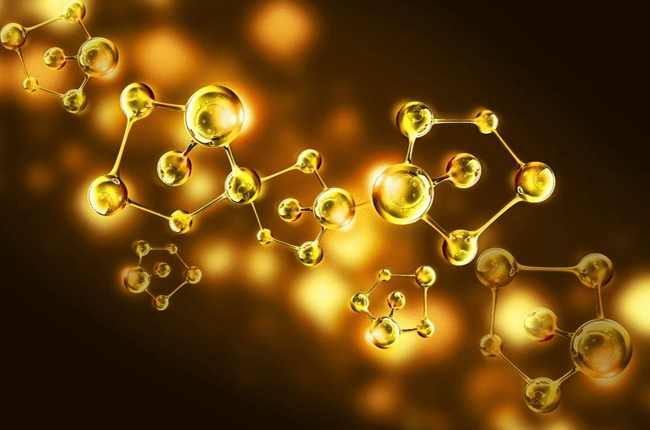Types and properties of polymers
Few people think about what a tree, a balloon, DNA and a Slime toy can have in common? All are polymers. The use and role of these unique substances in our life is so great that without them there would be no modern civilization.
What is polymers? These are large molecules that consist of smaller molecules – monomers that are soldered to each other by strong covalent bonds. Some are a chain of one repeatedly repeating monomer, others are several. Protein polymers are the building blocks of all living things.
Modern technologies and applications
Polymeric materials due to their useful properties are widely used in modern technologies. Where are polymers used? For example, everyone knows Teflon, used as a coating in pans, or Kevlar, a polymer so strong that it makes light body armor that is much stronger than steel.
Polymers have also been used in aircraft construction, as they are very light and durable. Various aircraft parts are made from these materials. Conductive polymers are created by dappling a polymer with alkali metal atoms, which make it metallic.
Polymers are characterized by tremendous mechanical strength and flexibility. This is due to the flexibility of their joints within the polymer chain. It is known that plastic bends well and this property makes it possible to use it in electronics (in mobile phones, many parts are made of plastic).
These materials form the basis of artificial fabrics (such as nylon), plastics and rubber. All artificial polymers are made from petroleum. For this, the following chemical reactions are used:
- accessions;
- condensation.
Watch a video about what polymers are.
The addition reaction is simple: a free radical or a particle containing an unpaired electron breaks the bond in the chain of monomers and creates an active center that attaches a new monomer to itself. Thus, a new polymer chain is built. During a chemical reaction called condensation, water molecules are released.
The invention of synthetic polymers, types and applications
The first synthetic polymers were obtained by accident, as a side effect of a series of chemical reactions. At first, the benefits of new substances were not obvious, and they were thrown into the trash until the chemist Leo Baekeland invented plastic. This material, when exposed to high temperatures, can take any shape, so phone cases, children’s toys and electrical insulators were made from it. Initially, the new substance was named after its inventor – "bakelite", and this impressive discovery began the rapid development of the plastics and polymers industry.
Another famous polymer, from which the Slime toy is made, was also discovered quite by accident. During World War II, the United States Army was in dire need of synthetic rubber. A group of chemists at General Electric, in an unsuccessful experiment, obtained a plastic substance similar to mastic. The new substance was not suitable as rubber, but it had exceptional elasticity. Soon they began to produce a world-famous toy from it.
Types of polymers and their properties
To date, many types of polymers have been created, which are used as the main structural materials and substitutes for rare metals.
They have a lot of useful properties:
What are polymers? There are thermoplastic and thermosetting polymers. These substances have a different shape and structure of molecules, so thermoplastic polymers can be heated and processed many times, and thermosets – only once.
These synthetic materials are widely used in industry and in everyday life, so different types of polymers and their properties are familiar to every person since childhood:
- polyethylene (high pressure) is a material that people deal with daily. It is an excellent dielectric, resistant to aggressive environments. Pipes, various containers (canisters), bags, shampoos, thin parts are made from polyethylene;
- polyethylene (low pressure) is a safe material for plastic packaging, food containers, bottles;
- polystyrene is a base substance for precision instruments, packaging film, threads. Its useful properties include: transparency, water and frost resistance, dielectricity. Cons: flammability, brittleness, low thermal conductivity;
- polyvinyl chloride is the most dangerous synthetic substance from which many household items are made. The list includes: bulk jars, PVC windows, floor coverings, garden furniture, kitchen oilcloths, bath curtains, stretch ceiling films and various children’s toys. The material is highly carcinogenic, so it is recommended to reduce its use.
Plastic can be attributed to a separate, very common type of polymers. This is a combination of a polymer with various kinds of substances: dyes, hardeners, stabilizers, plasticizers, and so on.
Disadvantages of polymers
The main disadvantage of the production of polymers is that their waste sent to landfills and the world’s oceans is very toxic and can cause serious diseases, including cancer. For example, decomposition products of polystyrene, plastics, polyethylene and polyvinyl chloride are dangerous. These materials are designed to be durable, airtight and strong, so they have a very long time to decompose in nature. Some of these materials do not decompose, but only break up into small particles that enter the body of animals and marine life, and with it – to humans for food.

